For over a century, paleontologists have grappled with one of the most enduring mysteries in evolutionary biology: were dinosaurs warm-blooded like modern birds and mammals, or cold-blooded like reptiles? The answer lies hidden within the microscopic structure of their bones. Recent breakthroughs in analyzing fossilized bone tissue have revealed startling clues about dinosaur metabolism, rewriting our understanding of these magnificent creatures that once ruled our planet.
The debate over dinosaur thermoregulation began shortly after their discovery. Early scientists, noting their reptilian characteristics, assumed they shared the ectothermic (cold-blooded) physiology of lizards and crocodiles. This view persisted for decades until John Ostrom's revolutionary work in the 1960s suggested dinosaurs might have been endothermic (warm-blooded). The key to solving this mystery appears in the intricate patterns of blood vessels preserved within fossilized bones - features that can survive millions of years of mineralization.
Bone histology has emerged as the Rosetta Stone for decoding dinosaur physiology. When researchers slice through fossilized bones and examine them under powerful microscopes, they find remarkably preserved networks of vascular canals. These channels, which once carried blood vessels and nutrients through living bone tissue, tell a vivid story about growth rates and metabolic activity. Warm-blooded animals typically show denser, more chaotic vascular patterns that facilitate rapid growth, while cold-blooded species display slower, more orderly growth rings.
Studies of dinosaur bone microstructure reveal a surprising diversity in vascular density. Theropods like Tyrannosaurus rex show bone structures nearly identical to modern birds, with extremely dense vascular networks suggesting high metabolic rates. Sauropods present a more complex picture - their bones indicate rapid growth during juvenile stages (consistent with endothermy) but slower growth as adults. Hadrosaurs and ceratopsians often display intermediate patterns that don't fit neatly into either category.
The discovery of fibrolamellar bone in many dinosaur species provides compelling evidence for warm-bloodedness. This specialized bone tissue, characterized by its woven texture and abundant vascular channels, forms when animals grow quickly - a hallmark of endothermy. Modern mammals and birds produce fibrolamellar bone during growth spurts, while reptiles generally lack this tissue type. Its widespread presence in dinosaur fossils suggests many species maintained elevated body temperatures through internal means.
However, the picture grows more nuanced when examining polar dinosaurs. Species that lived in ancient Arctic and Antarctic regions show bone structures similar to their temperate counterparts, implying they maintained constant body temperatures despite months of winter darkness. This challenges the cold-blooded model, as modern reptiles cannot function in such environments. Yet these polar dinosaurs also exhibit growth lines suggesting seasonal variations in metabolism - possibly indicating an intermediate thermoregulatory strategy.
Some researchers propose that dinosaurs may have developed unique physiological strategies unlike anything seen in modern animals. The concept of "mesothermy" - maintaining elevated but fluctuating body temperatures - has gained traction. This could explain why some dinosaur bones show features intermediate between classic warm and cold-blooded patterns. Perhaps these creatures evolved metabolic systems tailored to their gigantic sizes and unique ecological roles.
New imaging technologies are revolutionizing our ability to study fossil bone microstructure. Synchrotron scanning and high-resolution CT allow scientists to create 3D maps of ancient vascular systems without damaging precious specimens. These techniques reveal astonishing details about blood flow patterns and growth rates in extinct species. Recent studies using these methods have found that even primitive dinosaurs from the Triassic period show evidence of elevated metabolic rates, pushing the origins of dinosaur warm-bloodedness further back in time.
The implications extend beyond academic curiosity. Understanding dinosaur metabolism helps explain how they dominated terrestrial ecosystems for 180 million years. High metabolic rates would have supported active, intelligent behaviors seen in the fossil record - complex social structures, sophisticated hunting strategies, and possibly even parental care. It also sheds light on why birds survived the mass extinction that wiped out their dinosaur cousins: their high-energy lifestyle may have provided an evolutionary advantage during the catastrophic climate changes following the asteroid impact.
As research continues, each fossil bone reveals new pieces of this paleontological puzzle. The emerging consensus suggests that dinosaur physiology was far more diverse and dynamic than previously imagined. Rather than fitting neatly into modern categories, these magnificent creatures may have evolved a spectrum of metabolic strategies tailored to their sizes, environments, and evolutionary histories. The blood vessels mineralized in their bones carry messages across time, gradually revealing the warm pulse that once animated these rulers of the Mesozoic world.
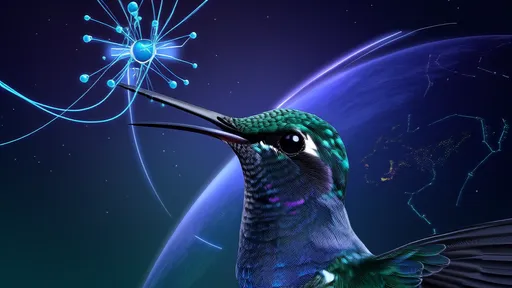
By /Aug 5, 2025

By /Aug 5, 2025
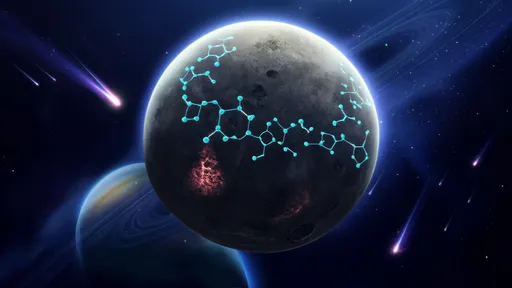
By /Aug 5, 2025
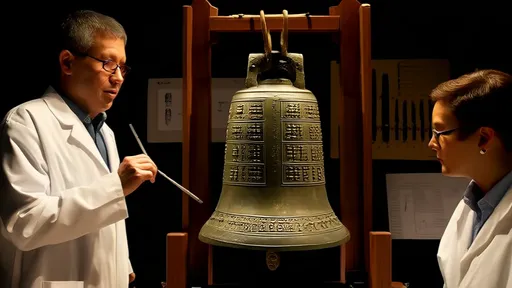
By /Aug 5, 2025

By /Aug 5, 2025
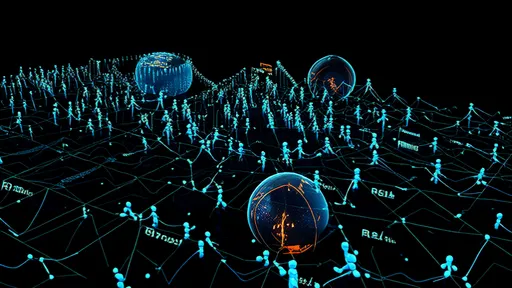
By /Aug 5, 2025
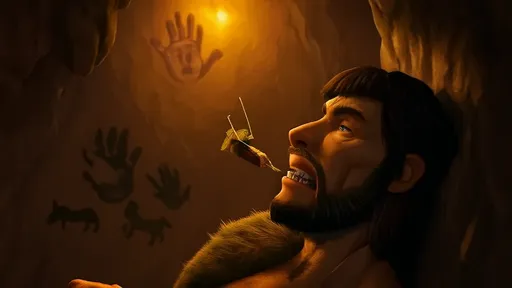
By /Aug 5, 2025
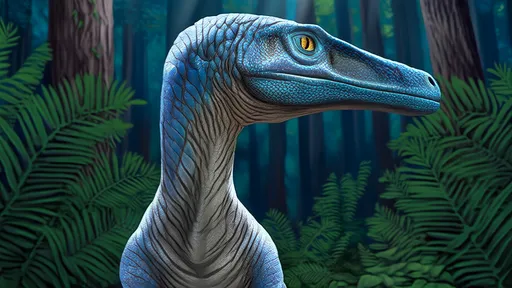
By /Aug 5, 2025
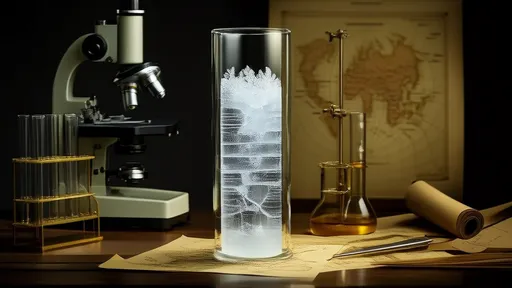
By /Aug 5, 2025
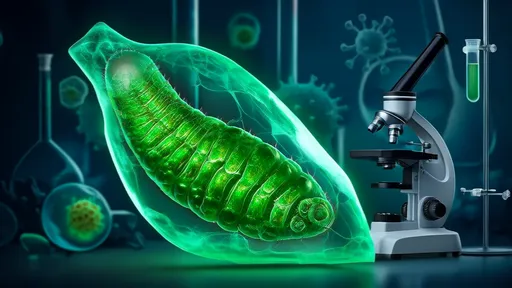
By /Aug 5, 2025
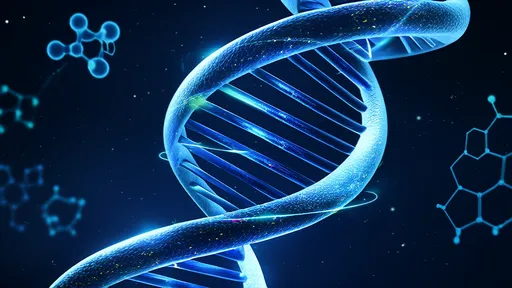
By /Aug 5, 2025
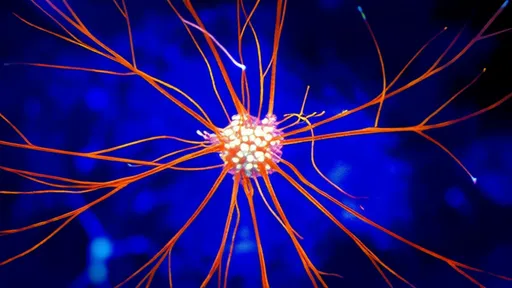
By /Aug 5, 2025
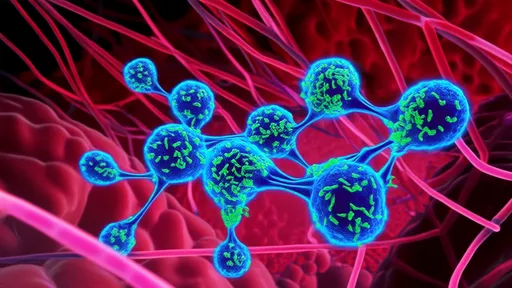
By /Aug 5, 2025
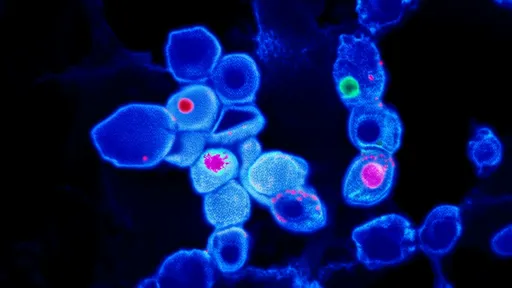
By /Aug 5, 2025
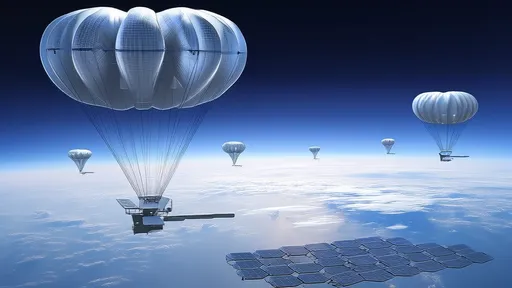
By /Aug 5, 2025
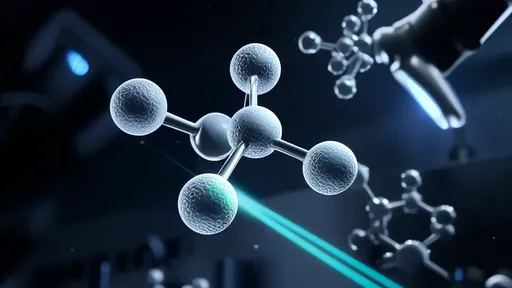
By /Aug 5, 2025

By /Aug 5, 2025
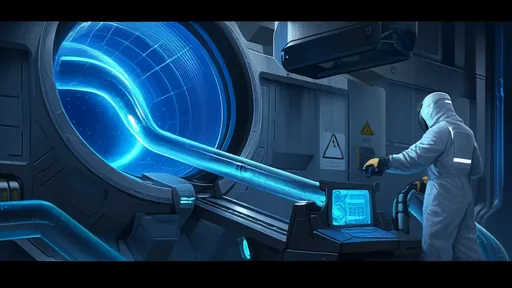
By /Aug 5, 2025
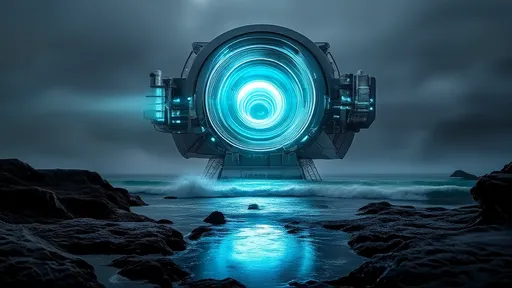
By /Aug 5, 2025

By /Aug 5, 2025